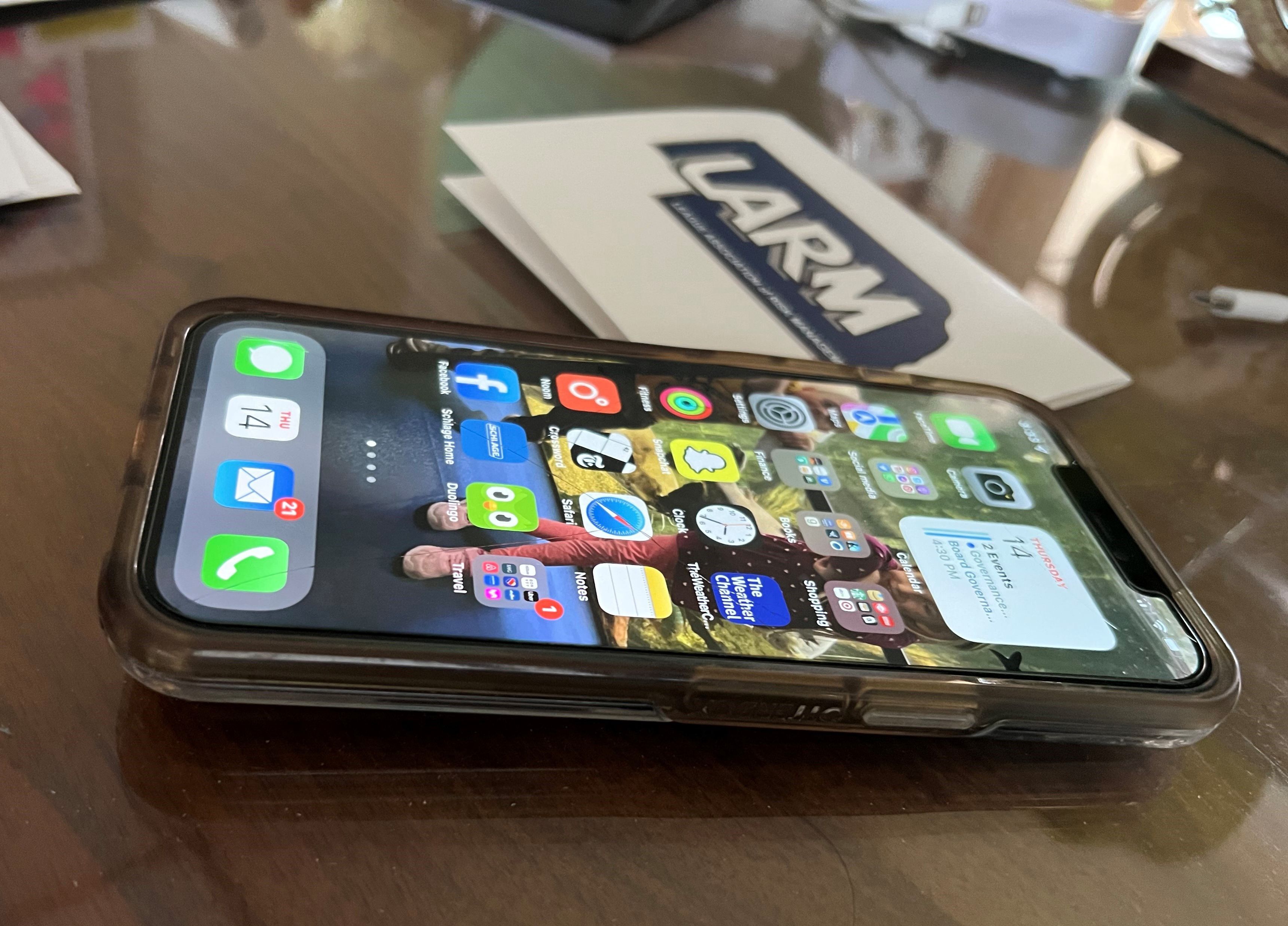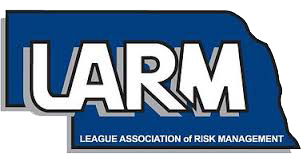
One effective strategy to stop hackers from infiltrating your information, whether it be your emails or an app that you regularly use, is multi-factor authentication (MFA). When it comes to your phone or computer, "authentication" just means you're proving who you say you are. When you enter a password, you're "authenticating" that it's you who is accessing your phone or your computer.
At one time, a unique username and password were the only authentication or proof needed to show that you were the legitimate user. Secure user log-in information is still a good front-line defense to protect your data from unauthorized users. People should continue to use passwords before they can open up devices and programs and need to change those passwords regularly. Hackers have become more sophisticated, so many can get past your username and password. They might have hacked into the company that stores the information, or they were able to glean it from another site where you've used the same username and password. That's where MFA comes in. The term refers to the idea that there are "multiple" ways of authenticating or proving you are who you say you are.
MFAs come down to wanting proof of one or all of the following: something you know (like your password), something you have (like your phone or credit card), and something that is part of you (like your face or fingerprint.)
"Secret questions" have long been one form of MFA and are easy for a person to use as long as they can remember the name of their second-grade teacher and grandmother's middle name. Facial recognition or fingerprint ID are other forms of MFA as the camera on the phone or device has to recognize your face or fingerprint to let you open it or one of the apps. At a gas station, you might be asked to enter the zip code of the card you're holding, which is another form of MFA. A simple but effective MFA is to have a number emailed to you or texted to your phone that you have to enter. Most online shopping apps now regularly require MFA numbers to be entered before you can make a purchase on a new device.
MFA apps now generate numbers requiring an extra layer of authentication before you can use a computer or program. A few popular MFA apps are DUO Mobile, Microsoft Authenticator, and Google Authenticator. These programs can only be opened using the user's password to unlock the device. Once set up with your username and password, they will generate time-sensitive codes to enter when the software requests that information.
MFA doesn't guarantee someone can't hack into your device or account. Never share an authentication number with anyone, even if they claim to be with that organization. It's also possible that the hackers know your mother's maiden name and your high school mascot. Experts say that soon it will also be possible for hackers to replicate your face ID, so even that may not be foolproof in the future.
One of the best security tools is to be patient when logging into a device or app. Use as many different authentication options available to you and never share that information with anyone else.

